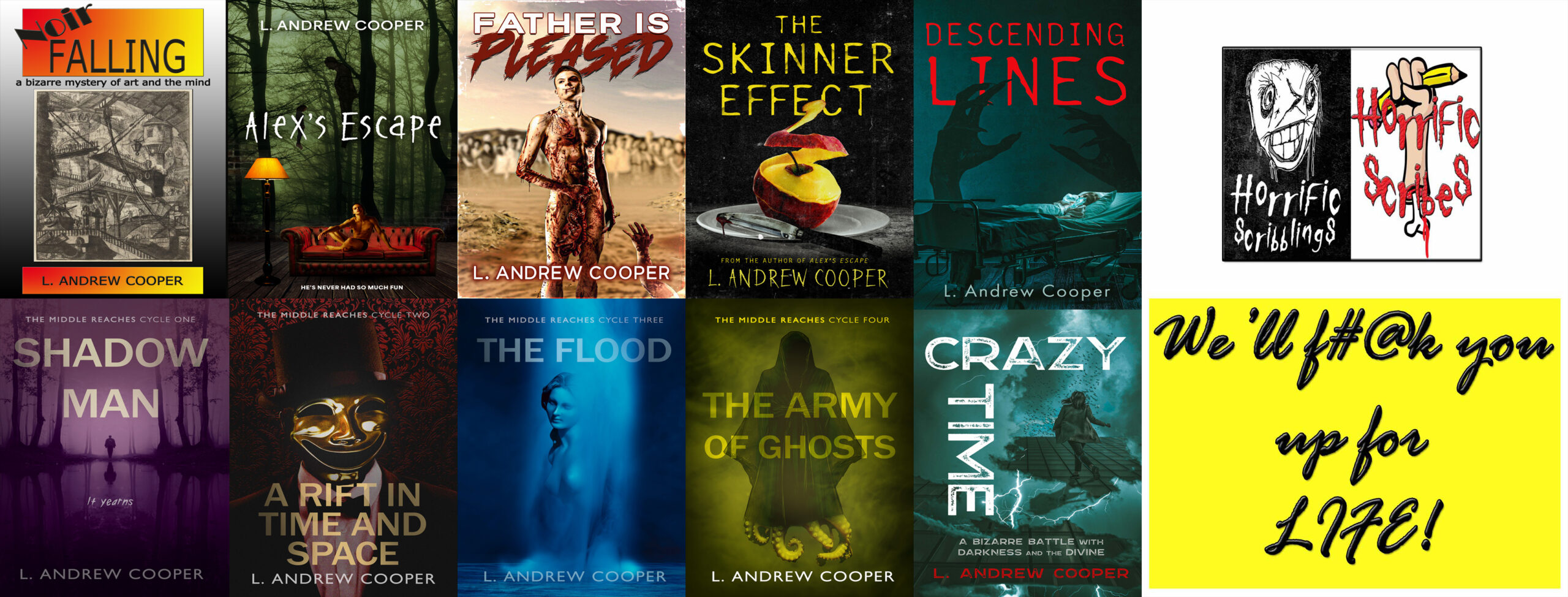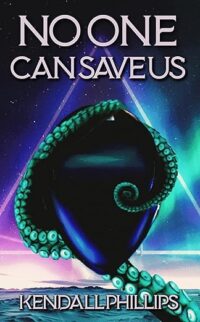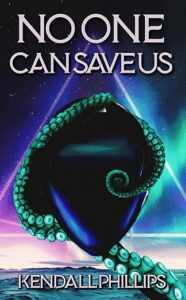No One Can Save Us
Adam always keeps his powers in check. As the world’s only superhero, he must know his limits. Defeat the master criminal, repel an army, stop a natural disaster, but never let himself go too far.
Until Syangnom.
The world has grown accustomed to the feats of its only superhuman. Adam’s wife, Sara, a celebrated journalist and periodic hostage, regularly reports his exploits, and the agents of Extra-Judicial Affairs handle all the legal issues.
But when Adam becomes enraged in the reclusive regime of Syangnom, he leaves 14 million people dead and the world recoiling from the destruction he has wrought.
Now Adam’s wife Sara and EJA Agent Pia Mercado must track down the conspiracy behind Adam’s breakdown and discover the otherworldly source of his powers. Their search will bring them face to face with supervillains, eldritch gods, and the mysterious figure who defends Chicago from the shadows, the armored hero known only as No One.
The Review
The fusion of comic book superhero action with Lovecraftian weird and mythos elements to form the backbone of Kendall Phillips’s No One Can Save Us places the book in rare company (think Dr. Strange), inviting readers to share in its deep indulgence of the thoughtful, scary fantastic.
What makes the book’s company even rarer is its addition of unsettling depth and realism in its characters, exemplified in the story’s depiction of the impact of charged-with-superheroic-powers Adam’s activities not just on the world but on his wife, Sara, who had the leading career in the relationship until he got his powers. Adam’s zealousness in protecting Sara, logically, makes Sara a target, a prisoner of his escapades, but with her own heroic streak, she rises to a series of challenges, becoming a protagonist rather than a background character waiting to be rescued. The sharp edge of Adam’s protective instinct and Sara’s response to it are only the beginning of how the story takes apart simple notions about superheroes and heroism. Score one for the title.
Another rare but logical aspect of superheroic existence that the book includes is government response, not just the violent stuff, which is familiar enough, but bureaucratic effort and meltdown, which is scary in a way that should remind us that Kafka and Lovecraft were contemporaries.
A lot of the real fun, though, is the action sequences, which flow in Phillips’s smooth prose like invisible editing of shots that cost millions and millions to produce, explosions and cars flying and OMFG superheroes mean supervillains with super-gadgets and super-weapons, and as the situation escalates, things get more super. The villains deserve special note. They’re as unusually well-rounded as the heroes, and they have wonderful toys, nanobots and giant robots capable of virtual magic. As the story progresses, things get messier, with lines between hero and villain becoming blurrier, which increases the dark fun.
As the story progresses, things also get weirder, and Lovecraft fans will enjoy a trip to Miskatonic University when the Lovecraftian elements start to take center stage. Characters contemplate their smallness compared to both the titanic monstrosities they face and the implications of the powers involved, invoking true cosmic horror. The tentacle count gets very, very high.
While the horrors are considerable, I’d say this novel is still mostly about heroes and heroism, so Phillips’s choice to put Homeric wordplay front and center is apt. The book offers itself as pure enjoyment, but if you’re so inclined, you can think of it as a meditation on heroes—in the tradition of Odysseus—who have enormous power. It considers who really might use such power to do some saving, the implications of the saving (or not saving), who needs to be saved, and who doesn’t. Salvation is, after all, big business. Cosmic business. Score two for the title.
The bottom line: No One Can Save Us is a romp with superheroes, supervillains, and Lovecraftian monsters, at times light-hearted and at times cosmically dark, that combines city-levelling action with well-crafted characters and prose that keeps the pages turning. The richness of its people and plot will reward genre fans and more casual readers alike.


